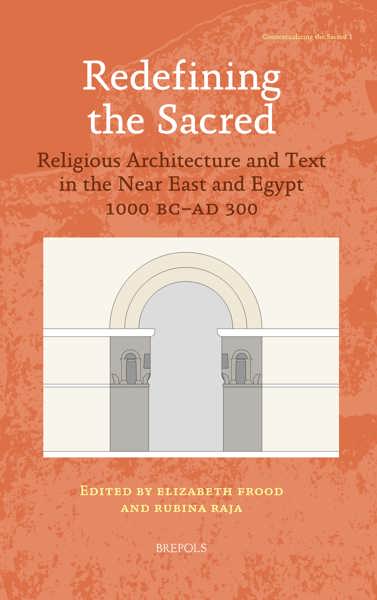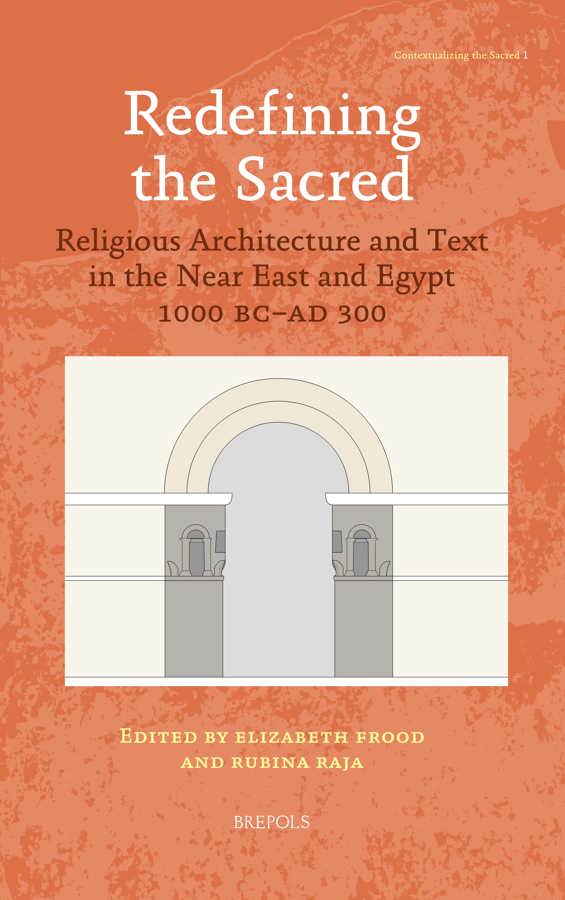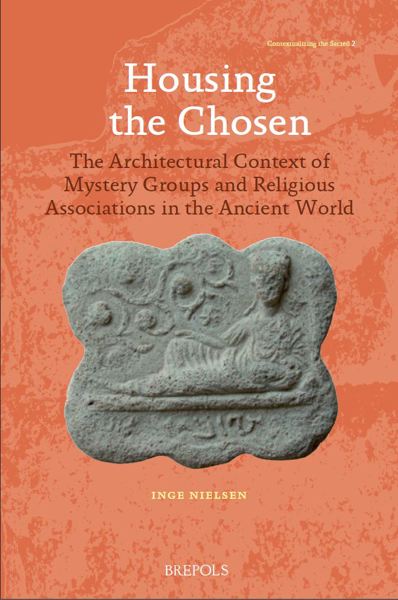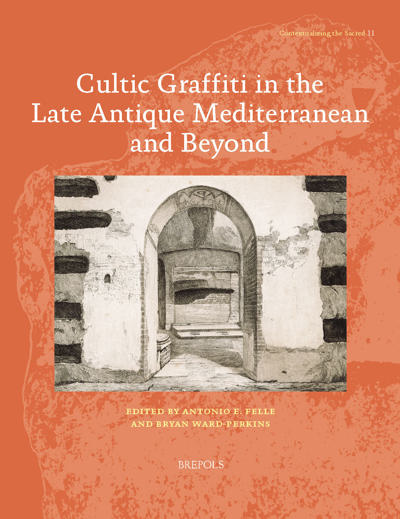
Redefining the Sacred
Religious Architecture and Text in the Near East and Egypt, 1000 BC – AD 300
Elizabeth Frood, Rubina Raja (eds)
- Pages: 260 p.
- Size:156 x 234 mm
- Illustrations:57 b/w, 9 col., 1 tables b/w.
- Language(s):English, German, French
- Publication Year:2014
- € 95,00 EXCL. VAT RETAIL PRICE
- ISBN: 978-2-503-54104-4
- Hardback
- Available
This launch volume of the series “Contextualising the Sacred” explores the changing social, religious, and political meanings of sacred space in the ancient Near East through bringing together the work of leading scholars of ancient history, Assyriology, classical archaeology, Egyptology and philology.
(…) it is certainly one (volume) that should be accessible through university and institute libraries.” (Sharon R. Steadman, in the Journal of Eastern Mediterranean Archaeology and Heritage Studies, 4/4, 2016, p. 376)
« En définitive, le livre réunit des communications certes hétéroclites mais qui ont le mérite d’explorer des problèmes qui se posent de manière récurrente, dans des contextes variés, et d’en tirer des réflexions dont l’intérêt est, au final, essentiellement méthodologique. Une démarche utile. » (Laurent Tholbecq, dans L’Antiquité Classique, 85, 2016, p. 538-539)
“In sum, this book represents an effort in a field where ancient texts, iconography, architecture, stratigraphy and landscapes are the keys to access. It is thus one where archaeology is predestined to dominate.”(David Warburton, in Archiv für Orientforschung, 53, 2015, p. 418)
“(…) it has collected material from a wide range of archaeological reports and presents it in an accessible manner.” (Ted Kaizer, in Syria, 94, 2017, p. 408)
“(…) Christian scholars will probably be interested in the architectural contextualization of ancient cult and more modern culture. This volume should be helpful in university libraries.” (John T. McMath, in Near East Archaeological Society, 62, 2017, p. 62)
This launch volume of the series Contextualising the Sacred explores the changing social, religious, and political meanings of sacred space in the ancient Near East through bringing together the work of leading scholars of ancient history, Assyriology, classical archaeology, Egyptology and philology.
Redefining the Sacred originates in an international European Science Foundation Exploratory Workshop of the same name held at the University of Oxford in 2009 , and is the launch volume for the series Contextualising the Sacred. It comprises eight studies written by leading scholars, each of whom investigates aspects of the diverse and changing meanings of sacred environments in the Near East and Egypt from c. 1000 BC to AD 300. This was a time of dramatic social, political, and religious transformation in the region, and religious architecture, which was central to ancient environments, is a productive interpretive lens through which implications of these changes can be examined across cultural borders. Analysis of the development of urban, sub-urban, and extra-urban sanctuaries, as well as the written sources associated with them, shows how the religious identities of individuals, groups, and societies were shaped, transformed, and interconnected. By bringing together ancient historians, Assyriologists, Egyptologists, archaeologists, and philologists, the volume highlights the immense potential of diachronic studies of sacred space, which the series will take forward.
Introduction: Material Culture and Religious Identity in the Ancient Near East and Egypt —ELIZABETH FROOD and RUBINA RAJA
Contextualizing the Sacred — JOACHIM GANZERT
Regional Perspectives
Sacred Topography of the Empire: Inscribing Social Order into the Cosmic Order — BEATE PONGRATZ -LEISTEN
Phoenician Sacred Places in the Mediterranean — BÄRBEL MORSTADT
Designing the Sacred in early Ptolemaic Times: A Continuum of Concepts — FILIP COPPENS
Places, Communities, and Individuals
The KTMW Stele from Zincirli: Syro-Hittite Mortuary Cult and Urban Social Networks — VIRGINIA RIMMER HERRMANN
Temple and City in Hellenistic Uruk: Sacred Space and the Transformation of Late Babylonian Society — HEATHER D. BAKER
Continuity, Discontinuity, and Change in the Religious Life of Southern Syria in the Roman Period — ACHIM LICHTENBERGER
The Imperial Office and the Church in Ephrem the Syrian — VOLKER MENZE
Index




